I am trying to visualize my dataset (which is stored as a Pandas DataFrame) using T-SNE with the following code:
N = 10000
df_subset = df.sample(n=N, random_state=1)
data_subset = df_subset.values
tsne = TSNE(n_components=2, verbose=1, perplexity=40, n_iter=300)
tsne_results = tsne.fit_transform(data_subset)
However, this gives the following error: "ValueError: setting an array element with a sequence." for the last line of the code above.
The variable data_subset looks like this: 
I also tried df_subset.to_numpy() as well, which gave the same error. A single element of the array data_subset looks like this: 